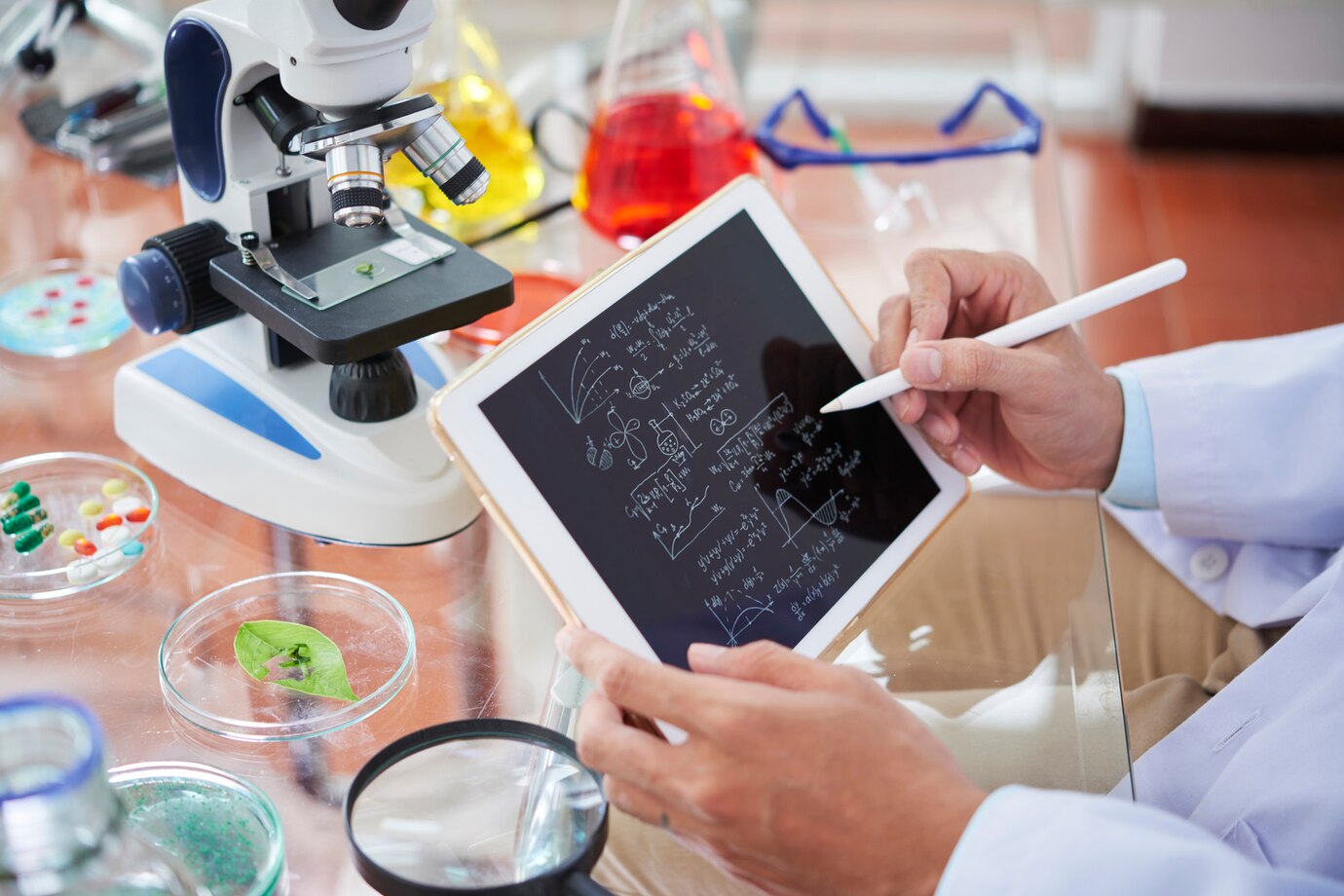
Introduction
The global analytical and scientific instrumentation market is witnessing consistent growth, with a projected CAGR of around 6% over the forecast period. This upward trajectory is supported by increasing investments in pharmaceutical research, environmental monitoring programs, and industrial applications that require accurate quality control and validation. As industries adopt more complex processes and regulatory scrutiny becomes more stringent, the demand for precise scientific instruments has risen significantly.
Get Free Sample Report: https://meditechinsights.com/analytical-and-scientific-instrumentation-market/request-sample/
Despite the strong adoption rate, the market still faces challenges such as high equipment costs and the burden of regulatory compliance, which limit broader implementation across developing regions. However, the overall market outlook remains optimistic due to growing innovation, automation, and the increasing role of instruments in modern research workflows.
Analytical and scientific instruments cover a broad array of technologies designed to measure, analyze, and quantify various physical, chemical, and biological characteristics of samples. These systems provide the foundation for scientific investigation across domains such as biotechnology, environmental science, medical research, food safety, material science, and chemical engineering. Instruments like spectrometers, chromatographs, microscopes, and electrophoresis systems enable researchers to detect contaminants, evaluate chemical compositions, and validate manufacturing processes. Their contribution is essential not only for regulatory compliance but also for ensuring the consistency and reliability of research findings. In an era where accuracy, repeatability, and high throughput have become essential, analytical and scientific instruments serve as the backbone of innovation and quality assurance.
Rising Demand for Precision in Pharmaceutical and Biotech R&D
One of the strongest catalysts driving market growth is the rising demand for analytical precision in pharmaceutical and biotechnology research. As drug discovery processes become more sophisticated, laboratories increasingly depend on high-end analytical tools to support research, formulation testing, biomarker analysis, and validation. Mass spectrometry, chromatography techniques, and molecular characterization systems are instrumental in drug metabolism studies, impurity profiling, and pharmacokinetic modeling.
The expansion of precision medicine has generated the need for deeper insights into genetic and molecular profiles. Analytical instruments are essential for genomic sequencing, proteomics research, and molecular diagnostics that drive personalized therapeutic approaches.
Increasing demand for biosimilars and biologics has intensified the need for structural analysis, stability assessment, and purity evaluation. These complex molecules require highly sensitive and specialized instrumentation for characterization.
Regulatory bodies worldwide have enforced stricter validation, compliance, and documentation requirements for drug development and quality assurance processes. This regulatory pressure has increased adoption of advanced analytical techniques across pharmaceutical manufacturing.
Additionally, the shift toward high-throughput screening platforms is accelerating the need for tools that can process large sample volumes rapidly and accurately. Companies investing in faster drug development cycles heavily rely on sophisticated analytical tools that enhance productivity and research efficiency.
Advancements in Microfluidics for High-Throughput Analysis
Microfluidics has emerged as a transformative technology within the analytical and scientific instrumentation industry. This technology supports the manipulation of small fluid volumes through microchannels, enabling faster, more precise analyses with minimal reagent consumption. Microfluidics enhances automation, streamlines sample preparation, and reduces manual intervention, resulting in higher accuracy and reproducibility.
In pharmaceutical R&D, microfluidic systems facilitate rapid chemical and biological assays, allowing researchers to accelerate early-stage screening and formulation testing. In clinical diagnostics, microfluidics has significantly shortened processing times while improving sensitivity in detecting biomarkers and pathogens.
Lab-on-a-chip devices, powered by microfluidics, are gaining rapid traction in point-of-care diagnostics because they combine portability, cost-efficiency, and real-time analysis capabilities in a compact format. Hospitals and clinics are increasingly integrating microfluidic-based diagnostics for quick decision-making.
The ability to integrate multiple analytical processes—sample preparation, reaction, separation, and detection—onto a single automated platform has made microfluidics a preferred choice for high-throughput research environments. These advancements support the trend toward miniaturization and have paved the way for next-generation analytical instruments that are more efficient, affordable, and user-friendly.
As microfluidics continues to evolve, its adoption across environmental testing, life sciences, clinical diagnostics, and chemical research is expected to grow substantially.
Market Drivers
Increasing demand for drug discovery & precision medicine
Growing focus on quality control in pharmaceuticals & food safety
Advancements in miniaturization and automation of analytical instruments
Rising environmental concerns driving demand for analytical testing
Expanding biotechnology & life sciences research activities
Attractive Opportunities
Expansion of point-of-care diagnostics using microfluidics
Integration of multi-functional analytical platforms for diverse applications
Growth in emerging markets due to increasing R&D investments
Rising demand for portable and handheld analytical instruments
Competitive Landscape Analysis
The global analytical and scientific instrumentation market features a competitive mix of well-established companies and rapidly emerging innovators. Key market players include
- Thermo Fisher Scientific, Inc.
- Shimadzu Corp.
- Danaher Corp.
- Agilent Technologies, Inc.
- PerkinElmer, Inc.
- Mettler Toledo
- Bio-Rad Laboratories, Inc.
- Illumina, Inc.
- Eppendorf SE
- F. Hoffmann-La Roche AG
- Sartorius AG
- Waters Corp.
- Avantor, Inc.
These companies focus on developing advanced analytical solutions that enhance accuracy, automation, and digital connectivity. New product launches, strategic partnerships, and expansion into emerging markets are common growth strategies. Leading manufacturers are investing heavily in technologies such as microfluidics, AI-driven analytics, and portable instrument platforms to address evolving industry needs.
Collaborations between instrument developers and pharmaceutical, environmental, and research institutions are strengthening product innovation pipelines. As regulatory and quality standards become more rigorous, companies offering high-precision, compliant, and integrated analytical systems are expected to gain a competitive advantage in the global market.
Key Request a free sample copy or view report summary: https://meditechinsights.com/analytical-and-scientific-instrumentation-market/request-sample/
About Medi-Tech Insights
Medi-Tech Insights is a healthcare-focused business research & insights firm. Our clients include Fortune 500 companies, blue-chip investors & hyper-growth start-ups. We have completed 100+ projects in Digital Health, Healthcare IT, Medical Technology, Medical Devices & Pharma Services in the areas of market assessments, due diligence, competitive intelligence, market sizing and forecasting, pricing analysis & go-to-market strategy. Our methodology includes rigorous secondary research combined with deep-dive interviews with industry-leading CXO, VPs, and key demand/supply side decision-makers.